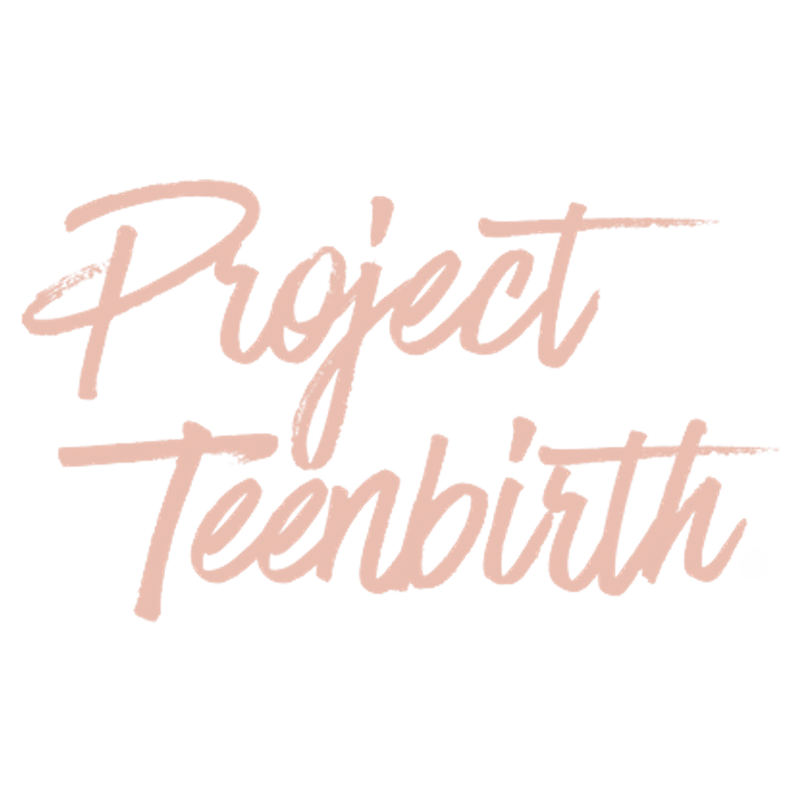A Guide to Bottle-Feeding Basics for Young Parents
First and foremost, ALL forms of feeding your baby are valid! This includes using your body to feed your baby, using pumping or donor milk to feed your baby, and using formula to feed your baby. At Project Teenbirth, we value and support your unique needs and preferences, and we will always connect you with support, resources, and information that affirm your choices.
If you are choosing to body feed your baby, check out our article about navigating feeding while in school or working here.
Regardless of how you choose to feed, you’ll learn your baby’s hunger cues and begin to work together as a team. Feeding time is a great time to slow down and focus on connecting with your baby. Especially at the beginning, you might like to do skin-to-skin for feeds. We invite clients to think of feeding as bonding time.
Choosing How to Feed Baby
Babies need to eat, many times a day. Thus, it’s important for you to be self-compassionate and flexible when it comes to feeding your baby. You may have certain preferences or expectations, and this might change over time as you and your baby adjust to life together.
Factors that can influence how you decide to feed baby include:
Your comfort level with breast or body-feeding
Baby’s latch
Your personal and health history and medication
Your family’s school/work/child care schedule
Your preferences and wishes
Feeding a baby can happen in many different ways. You can feed baby pumped milk; either your own or donor milk. (For information on exclusive pumping check this blog out.) You can feed your baby formula. AND, you can feed your baby a combination of pumped milk and formula. Again, all options are valid options.
If you’re choosing to exclusively feed your baby formula, below are some things you may want to consider.
Supplies to Consider
There are a few things you’ll need for your feeding journey. We recommend starting simple and making adjustments as needed. Every store and website and social media platform will try to sell you many things, but we promise you don’t need all of it.
Bottles + nipples. You’ll need a handful of bottles and a few different sizes of nipples, which adjust the flow as your baby grows. Not sure where to start? Here’s a great article to help you with understanding the basics.
Bottle brush and cleaning supplies. Find info about how to clean, sanitize, and store your bottle supplies here. You’ll want a specific brush you use to clean the bottles and a designated place in the kitchen to dry and store bottles. You can also buy steam sanitizing bags for your microwave.
Formula. There are a number of different kinds. You can consult with your pediatrician for help in making a decision about formula for your baby. And, again, you may need to be flexible and make changes along the way depending on your baby’s needs, but don’t do so too quickly, as it can cause their bellies to get upset. Again, check in with your pediatrician.
PTB is Here for You
Feeding a small human is hard work. We see you! If you are facing challenges in your feeding journey, please reach out. We can offer feeding tips and information, as well as emotional support. As needed, we will refer you to a lactation specialist or other professional who can support you on your feeding and parenting journey
Author: Courtney Harris is a witness, space-holder, supporter, and caregiver for families of all types and in all stages; she has worked with youth and their families since 2008. Currently, Courtney serves as a Life Coach for Teens and a Companion for Birth and Beyond. She is passionate about honoring life’s transitions and believes that all birthing people deserve compassionate, steady, and informed support throughout their unique reproductive journeys. You can connect with Courtney here and across all social media platforms at @companioncourtney.


